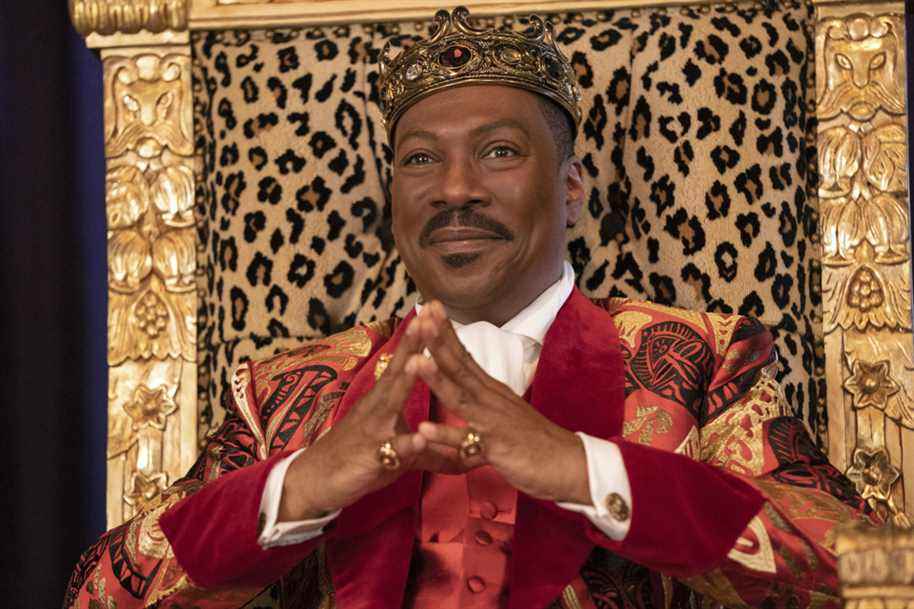(Los Angeles) Ethnic and cultural minority moviegoers were a big part of sustaining U.S. box office receipts last year, according to a study released Thursday that found they made up the majority of out-of-town ticket sales movies.
Posted at 4:08 p.m.
The study on diversity in Hollywood, carried out by the University of California at Los Angeles (UCLA), confirms a trend that began several years ago.
“Whenever a big production exceeded expectations or broke a record, we saw that people of color represented between 53% and 60% of the audience during the first weekend of operation,” explains Ana-Christina Ramon, co-author of the study.
“For people of color, and especially Latino families, movie theaters offered an outlet when almost everything else was closed” because of the pandemic, she continues.
“In a way, people of color have really kept the studios afloat for the past two years. »
The study also confirms that the distribution of films continues to be more and more diversified, an element which seems to appeal to the public. This is particularly the case among the youngest spectators, in the 18-49 age group.
Of the 252 films taken into account, 72 mostly featuring characters from minorities were broadcast on video-on-demand platforms, including Raya and the last dragon, A Prince in New York 2 and Mortal Kombat.
“In 2020, minorities as a whole achieved proportional representation for the first time (to that of their share in American society, editor’s note) in terms of the distribution of roles in films, and this remained true in 2021” , notes the other co-author of the study, Darnell Hunt.
“We think it’s at least partly related to the number of films analyzed that were released directly to streaming” due to the closure of cinemas under the effect of the pandemic, says the researcher.
The authors of the study believe that releasing films simultaneously in theaters and on video on demand “could have a lasting impact on diversity both in front of and behind the camera”, for financial reasons in particular.
If non-white artists are increasingly present on the screens, those who are behind the camera are more often white and male, says the study.
In 2021, just over 20% of directors of major films were women, and only a third were non-white.
Most of these filmmakers “are relegated to low-budget films”, especially “women of color”, laments Mme ramon.
Among the ten films in the running on Sunday evening for the supreme Oscar for best feature film, only two were directed by women, CODA and The Power of The Dog.
